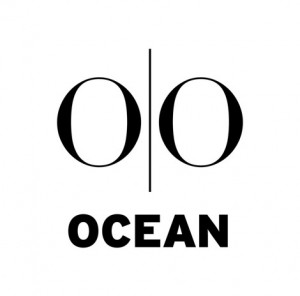Gail Chiasson, North American Editor
Large format digital outdoor advertising drives strong emotional responses that are ultimately linked to increased likelihood to buy, according to The Science Behind The Art of Outdoor, a new pioneering neuroscience study released yesterday by Neuro-Insight and Ocean Outdoor in London.
 It is believed to be the first time that research uses neuroscience to quantify the impact of large format outdoor advertising in an urban setting, and providrs new evidence about how these premium sites elicit key brain responses that are drivers of purchase behaviour.
It is believed to be the first time that research uses neuroscience to quantify the impact of large format outdoor advertising in an urban setting, and providrs new evidence about how these premium sites elicit key brain responses that are drivers of purchase behaviour.
Specialist neuro-research company Neuro-Insight conducted research looking at brain response to outdoor advertising, focusing in particular on the impact of premium outdoor sites, to discover the impact they have on people and identify what sort of sites elicit the most powerful responses.
Neuro-Insight uses a unique brain-imaging technology called Steady State Topography (SST) considered more robust and sensitive than EEG. It is a quantitative methodology.
The research measured brain response to 24 outdoor sites around West London, comprising 11 Ocean sites and 13 sites from other outdoor media owners. To measure responses, 115 people were fitted with headsets that captured second by second brain activity as they watched a filmed journey featuring the outdoor sites, which they had seen in real life in an escorted bus journey that preceded the study. Around 1.8 billion data points were collected and analyzed during the course of the study.
Neuro-research was chosen as the way of exploring impact, because it provides a means of looking at people’s emotional, sub-conscious responses, which are difficult to assess through traditional, questions-based research.
“In the last 20 years, there have been huge advances in the understanding of basic brain function; we now know that the brain is highly specialized, and by plotting which parts of the brain are active in response to a given piece of communication, we can get insight into what people are thinking and feeling about that communication,” says Heather Andrew, a founder of Neuro-Insight UK.
“Through measuring the brain response of participants on a second by second basis, it became clear that unique large format and spectacular poster sites were eliciting a much stronger emotional response than standard sites.
“This emotional response tells the brain something important is happening, and primes the brain to remember it, resulting in higher levels of memory encoding. And memory encoding – what we put into memory – is hugely important, because it correlates with decision-making and purchase intent. This pattern of response – high emotional intensity followed by strong memory encoding is what characterises and demonstrates the effectiveness of these premium outdoor sites.”
The study has four critical implications for the outdoor industry, impacting not just media owners but also advertisers, agencies, real estate and property owners, architects and city planners.
- People react better to environments featuring great poster sites: The best sites elicit raised and positive responses, reflecting their size, position and the sight lines leading up to them. This evidence will help outdoor media owners to work with real estate and property owners to create urban landscapes that provide both effective advertising and a better experience for the people who see it.
- Digital sites trump static ones: Across all the measures in the study, digital sites out-performed static ones – and this was even more evident when the digital sites involved an element of movement.
- Energise your creative: Great sites make the creative work much harder.
- The most iconic sites had a powerful priming effect on other sites: Seeing a poster on one of these sites first meant relatively higher responses to subsequent viewings on other sites.
Tim Bleakley, Ocean Outdoor CEO, says, “Instinctively we have always known that premium digital outdoor advertising captures attention. Now we can replace instinct with research that scientifically quantifies brain response and provides evidence of its positive long-term impact on customer behaviour.”
“As Ocean grows its portfolio, it is important to also grow our understanding of what each site brings to the outdoor advertising mix. The evidence presented by this study enables us to assist in creating great locations and proves the priming effect of digital outdoor as a core part of any campaign.”
Tim Bleakley, Ocean Outdoor CEO will be presenting at The DailyDOOH Investor Conference which is being held in New York 23rd to 24th October 2013.

May 10th, 2013 at 13:04 @586
I’d be interested in reading the study, but you haven’t linked to it. May we get a link please?